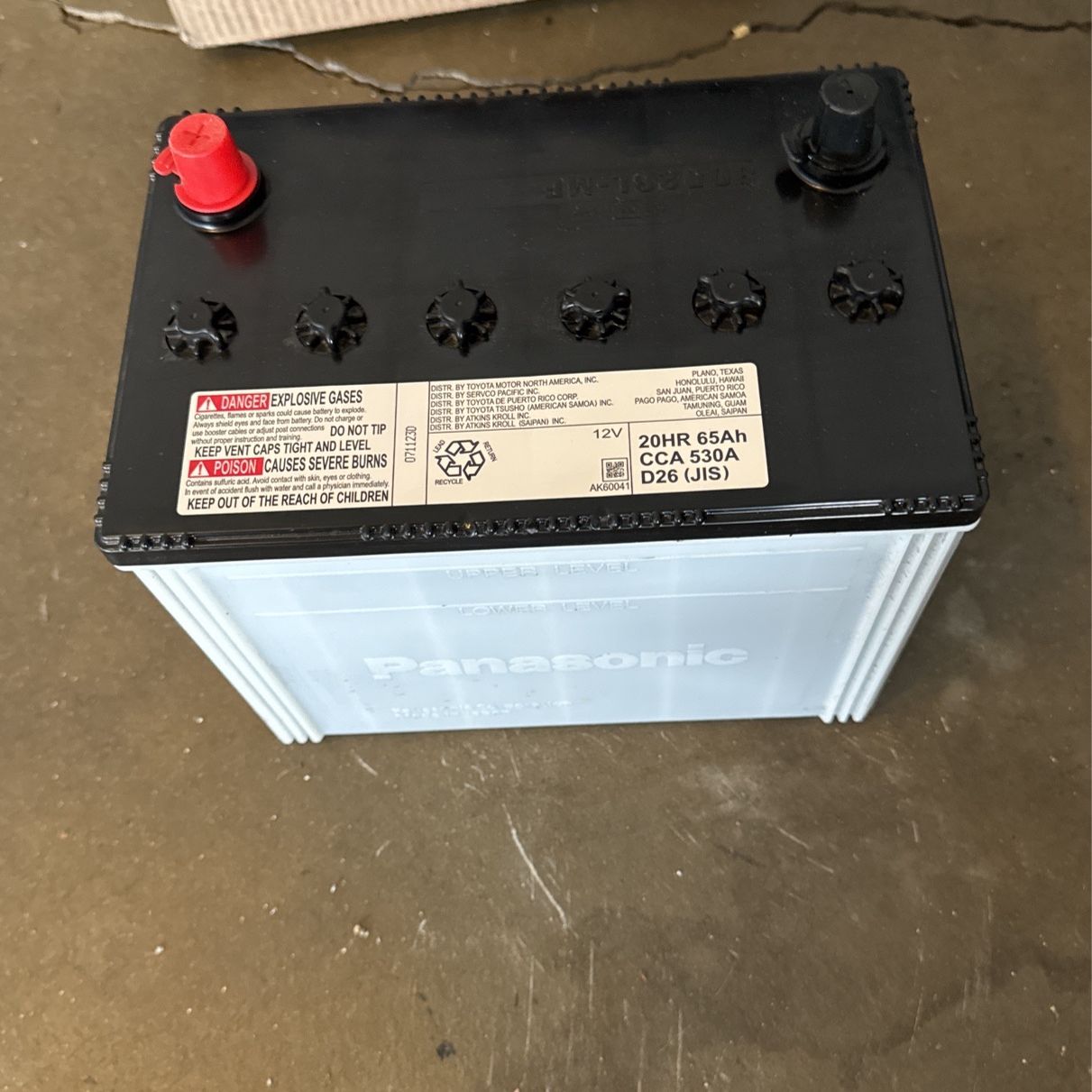As we know, battery manufacturing has largely consolidated to a few major players. You can often tell by looking at the casing who made the battery. Afterwards, the individual resellers just put their own branding on.
Many retailers have different grades of the same battery group size: cheap, medium, premium. I'm wondering, if the casing is identical between these different grades, chances are it's coming from the same manufacturer. Does it really make sense for them to have a different manufacturing line for each different grade? Or are these pretty much physically the exact same battery, but maybe they just stamp a lower CCA rating for marking purposes on the "cheaper" one and vary the warranty guarantee? Would be curious if anyone has hooked up a battery tester and see if different grades of seemingly identical batteries actually test different.
As an example, I'll use Canadian Tire and these batteries:
Cheap: https://www.canadiantire.ca/en/pdp/certified-group-size-34-battery-600-cca-0103403p.0103403.html
Medium: https://www.canadiantire.ca/en/pdp/...34-78dt-battery-800-cca-0103478p.0103478.html
Premium: https://www.canadiantire.ca/en/pdp/...size-34-battery-800-cca-0103485p.0103485.html
Many retailers have different grades of the same battery group size: cheap, medium, premium. I'm wondering, if the casing is identical between these different grades, chances are it's coming from the same manufacturer. Does it really make sense for them to have a different manufacturing line for each different grade? Or are these pretty much physically the exact same battery, but maybe they just stamp a lower CCA rating for marking purposes on the "cheaper" one and vary the warranty guarantee? Would be curious if anyone has hooked up a battery tester and see if different grades of seemingly identical batteries actually test different.
As an example, I'll use Canadian Tire and these batteries:
Cheap: https://www.canadiantire.ca/en/pdp/certified-group-size-34-battery-600-cca-0103403p.0103403.html
Medium: https://www.canadiantire.ca/en/pdp/...34-78dt-battery-800-cca-0103478p.0103478.html
Premium: https://www.canadiantire.ca/en/pdp/...size-34-battery-800-cca-0103485p.0103485.html

